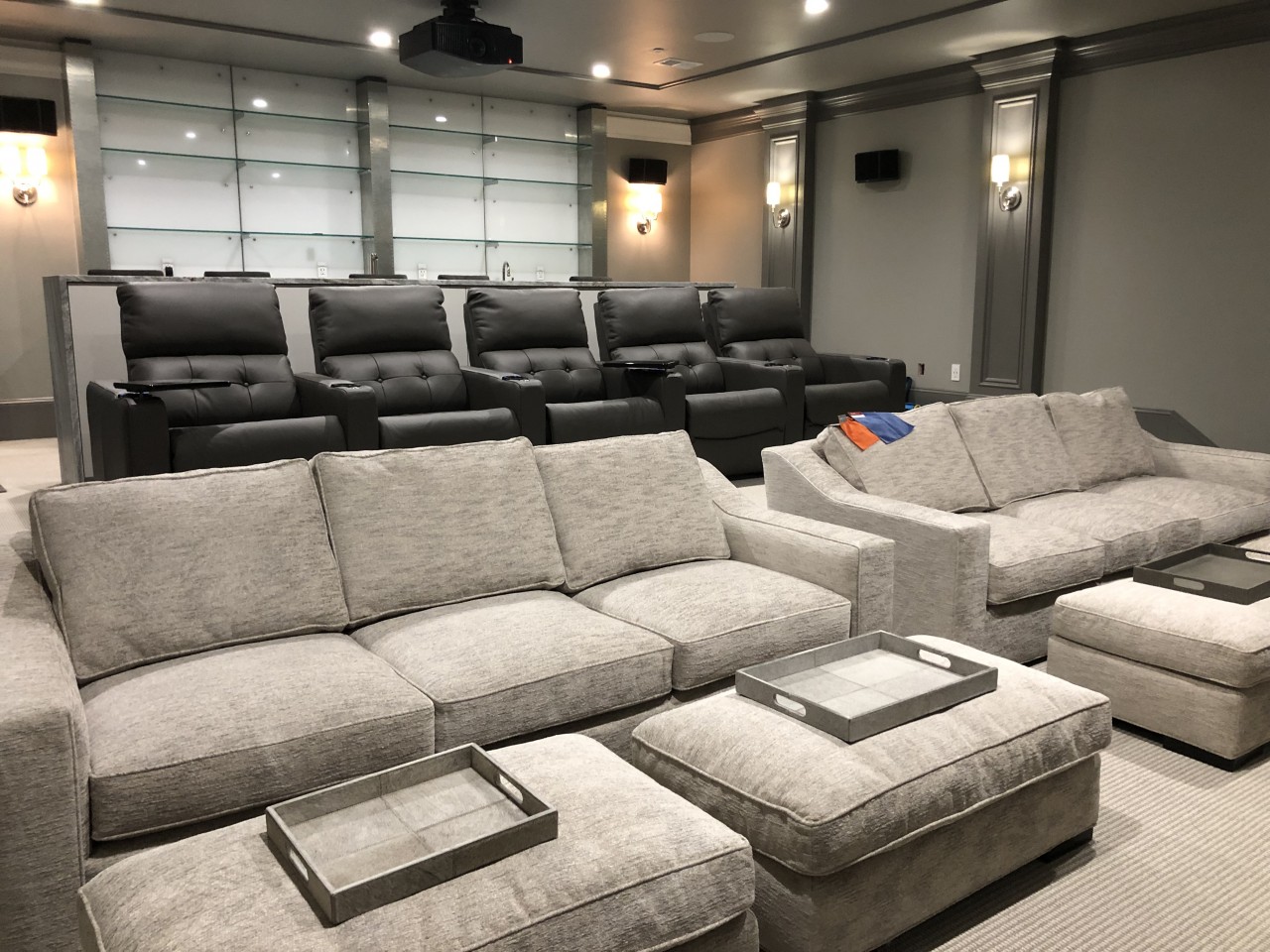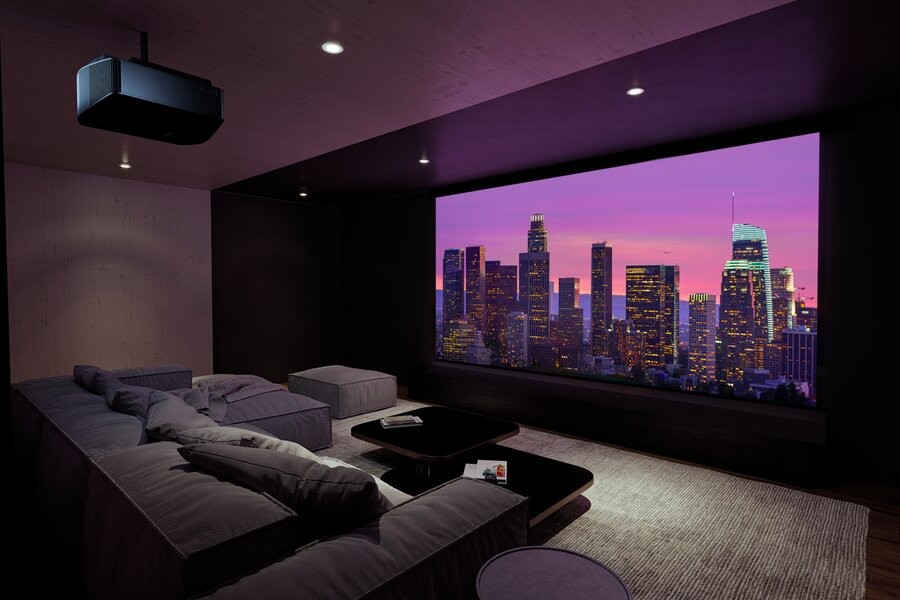"The Best Seat In The House" Control4; Accessed August 11th 2021
The Best Seat In The House
A home theater should feel like a special destination in your house—the one place you can retreat for a couple of hours to escape from reality and be transported into another world. The place you like to visit frequently with friends and family to enjoy the latest blockbuster releases—but without walking out with a backache from sitting in a poorly constructed seat.
Deprecated: Creation of dynamic property EasyBlogSocialButtonExternal::$post is deprecated in /home/mrpoatlantaaudio/public_html/administrator/components/com_easyblog/includes/socialbuttons/adapters/external.php on line 42



